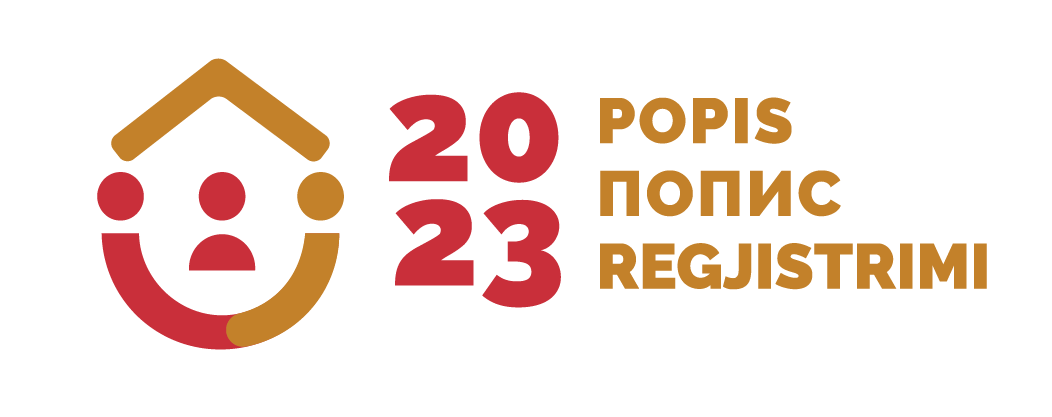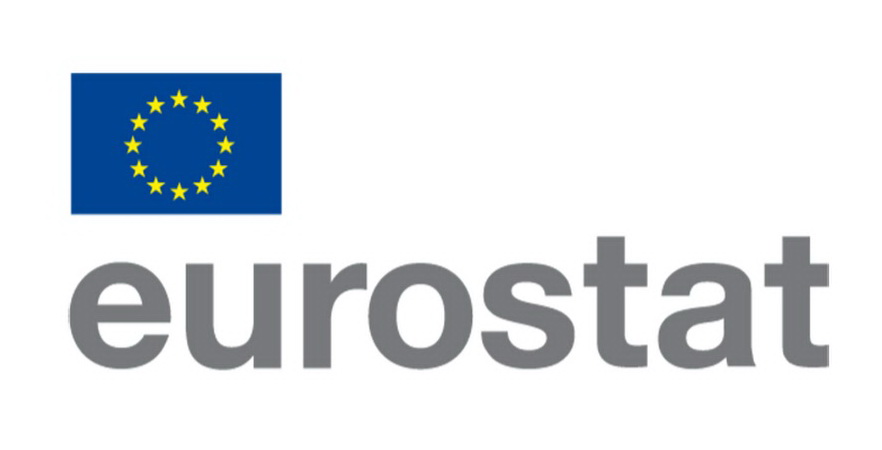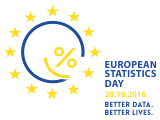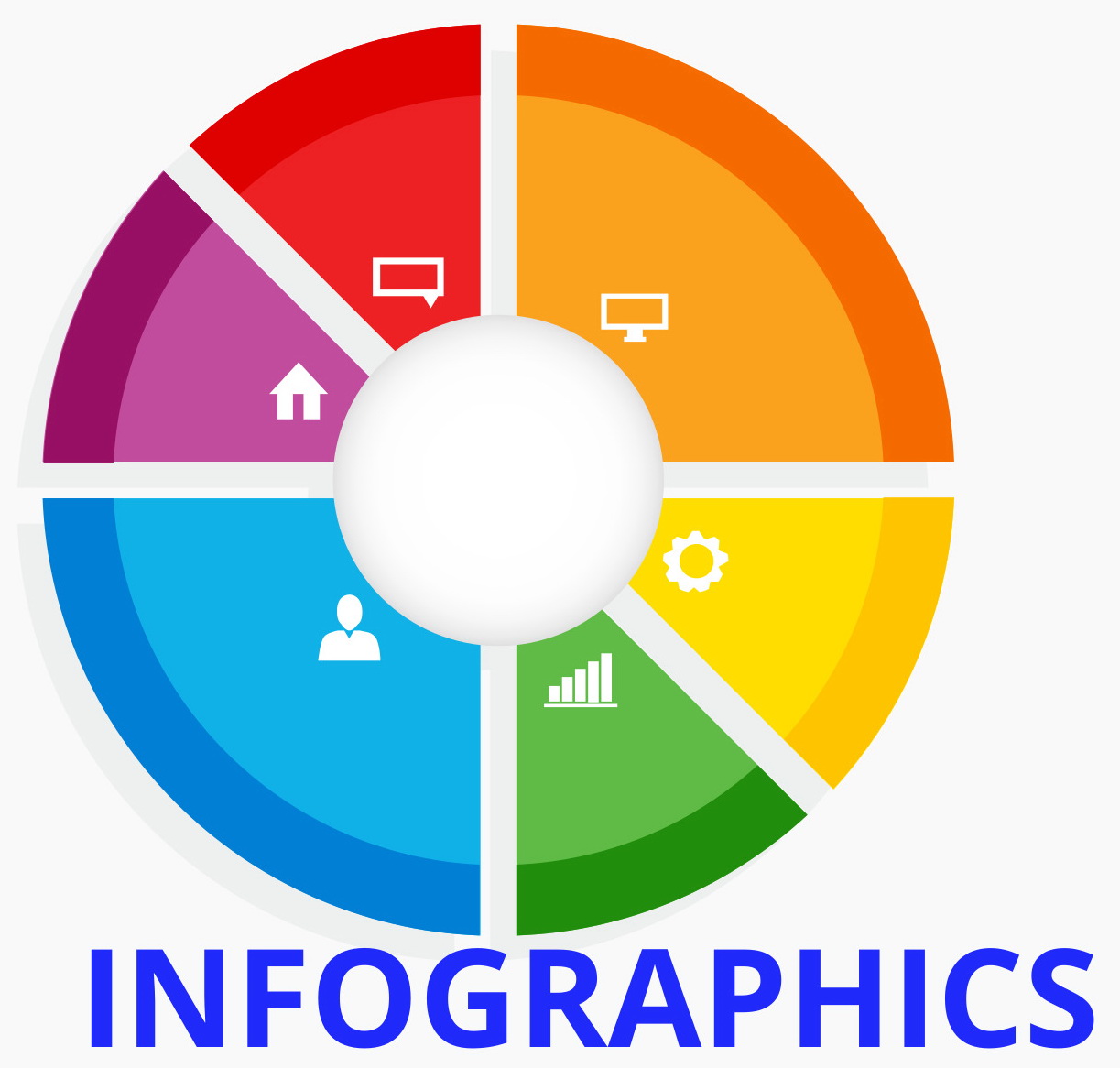| Category: |
Demographic and social statistics |
| Area: |
Education |
| Survey / data collection: |
Pre-school education activities |
Note: For any question on metadata, please contact MONSTAT metadata support.
| 1. Contact Vrh |
| 1.1. Contact organization: |
Statistical Office of Montenegro - MONSTAT |
| 1.2. Contact organization unit: |
Department of Education, culture and Justice Statistics |
| 1.2. Contact organization unit: |
IV Proleterske 2, 81000 Podgorica, Montenegro |
| 2. Metadata update Top |
| 2.1. Metadata last certified: | |
| 2.2. Metadata last posted: | 29 December 2023 |
| 2.3. Metadata last update: | 15.09.2021 |
| 3. Statistical presentation Top |
| 3.1. Data description: | The objective of the statistics of preschool education is to provide data on the condition, the structure of the development of the kindergarten, the structure and movement of children and educators, the results of education and the factors influencing them. |
| 3.2. Classification system: | International Standard Classification of Education (ISCED 2011), |
| 3.3. Sector coverage: | Education |
3.4. Statistical concepts and
definitions: | The statistics of preschool education collects, processes, and publishes data on the number and capacity of preschool institutions, number of educational groups, number of children in total and gender, age, according to the length of stay, and number of employees who implement programs of preschool education and upbringing. Pre-school education and education forms a part of a unique educational system. Pre-school education and education provides education and education of children, takes care of children and provides assistance to parents in improving the quality of life of families and children.
Pre-school education and education includes children until they enter elementary school. Pre-school education and education depending on the age of the child, are done in nurseries and kindergartens.
Children under three years of age live in the nursery, and in kindergartens, children from three years of age to their primary school.
- 'Education programme' is the most widely defined programme orientation for the performance of educational work;
?- 'Educational group' is the composition of children structured by age, pedagogical norms and numbers;
?- 'Educational unit' is a part of a preschool institution outside the headquarters of an institution that includes one or more educational groups;
??- 'Publicly available programme' means a programme that is issued or approved by a competent state authority;
??- 'Private institutions' are institutions of pre-school education and education established by a legal or natural person;
???- 'Private educator' is a teacher of pre-school education engaged in the need to implement basic program requirements with a child in the family;
???- 'Children from the most vulnerable groups of the population' are: children with disabilities and developmental difficulties, children with difficulties caused by social, linguistic and cultural obstacles. |
| 3.5. Statistical unit: | Preschools (state and private) |
| 3.6. Statistical population: | Children, educators |
| 3.7. Reference area: | Montenegro and Municipality |
| 3.8. Time coverage: | Year 1974 |
| 3.9. Base period: | Not relevant |
| 6. Institutional mandate Top |
6.1. Legal acts and other
agreements: | The Law on Official Statistics and Official Statistical System (Official Gazette of Montenegro No 18/12 and 47/19) defines provisions for collection, processing, and dissemination of data. The Law provides to the Statistical Office legal powers to collect and access the data necessary for the implementation of Programme and Annual Plan. The Law gives a priority to the use of administrative data and right of access to individual data that are a result of survey of other official statistical producers. As an annex to legal provisions, Statistical Office has signed several memoranda on cooperation with administrative data providers. |
| 6.2. Data sharing: | Signed agreement on cooperation with the official statistical producers:
1. Customs Administration
2. Tax Administration
3. Ministry of Finance
4. Central Bank of Montenegro
5. Trilateral agreement (MONSTAT, Ministry of Finance, and Central Bank of Montenegro)
International institutions:
1. EUROSTAT
2. UN organizations
3. IMF
4. World Bank |
| 7. Confidentiality Top |
| 7.1. Confidentiality - policy: | Articles 53-60 of the Law on Official Statistics and Official Statistical System (Official Gazette of Montenegro No 18/12 and 47/19) provide a framework for protection, use, and transmission of confidential data. MONSTAT has produced two comprehensive rulebooks that cover the procedures for individual data protection as well as keeping individual records. With purpose of the meeting legal framework on functioning of security system and statistical confidentiality there was adopted the Rulebook on Keeping Statistical Data by which Manner, Time, Technical Conditions and Organization of Statistical Data Storage to Prevent Their Destroying, Misappropriation, and Unauthorized Use is Regulated as well as the Rulebook on Contents and Manner of Keeping Records on Users of Individual Statistical Data by which contents and manner of keeping records on users of individual statistical data is regular.
Pursuant to the Article 59, an access to the confidential data is limited to persons performing duties and tasks of official statistical producer and up to the stage the data are necessary for official statistical production. Persons that performs duties and tasks within official statistical producers must sign the statement on respecting the principle of confidentiality.
Law on Official Statistics and Official Statistical System is aligned with the Regulation No 223/2009 and the Regulation (EU) 2015/759 from 29 April 2015 that also regulate confidentiality provisions.
The Government of Montenegro adopted the Statement on Commitment of Confidence in Official Statistics (Commitment of Confidence). |
7.2. Confidentiality - data
treatment: | Data are published aggregate without an identifier. The rules for accessing micro data are defined by Law on Official Statistics and Official Statistical System of Montenegro, articles 58 and 59. |
| 8. Release policy Top |
| 8.1. Release calendar: | The Law on Official Statistics and Official Statistical System (Official Gazette of Montenegro No 18/12 and 47/19) stipulates that official statistical producers prepare, update, and publish Statistical Release Calendar. It is published on the website of Statistical Office not later than 20 December for the next year, for all official statistical producers that includes date of releasing statistical data. Any change in date of releasing in the Calendar is published in advance in accordance with the Procedure on Unplanned Revisions. |
| 8.2. Release calendar - access: | https://www.monstat.org/eng/page.php?id=12&pageid=12 |
| 8.3. User access: | General aim of official statistical producer is to meet the needs of users, and to make an access to statistical data to users in an understandable manner, simultaneously and under the same conditions. Statistical Office is obliged to produce and disseminate official statistics in objective, transparent and professional manner, so that all users are equally treated. |
| 10. Accessibility and clarity Top |
| 10.1. News release: | Releases are annually published and are available on the website on the link: http://www.monstat.org/cg/page.php?id=435&pageid=76 |
| 10.2. Publications: | Statistical Office publishes the following regular publications: 1. Statistical Yearbook, 2. Montenegro in figures, 3. Monthly statistical review. In addition to the above regular ones, Statistical Office publishes also additionally publications. Some of the most important additional publications are as it follows: 1. Women and Men in Montenegro, 2. The most often used statistical data All publication published by Statistical Office are available at the following link: http://monstat.org/eng/publikacije.php |
| 10.3. Online database: | not available |
| 10.4. Micro-data access: | The Law on Official Statistics and Official Statistical System (Official Gazette of Montenegro No 18/12 and 47/19) regulates rules under which external users can obtain an access to individual data for needs of research. Article 58 defines types of scientific and research organizations that can obtain such data. Providing individual data without identifier is possible only upon a written request of scientific and research institutions, with purpose of performing scientific and research activities as well as international statistical organizations and statistical producers from other countries.
Research entity signs the agreement with Statistical Office, and it signs the statement on respecting the confidentiality principle.
Official statistical producers keeps a separate records on users and purpose of using the statistical data given to these users. |
| 10.5. Other: | |
10.6. Documentation on methodology:
domain: | Not available |
| 10.7. Quality documentation: | The Law on Official Statistics and the Official Statistical System ("Official Gazette of Montenegro" No. 18/12 and 47/19) defines the commitment to quality, which ensures that producers of official statistics in Montenegro work and cooperate in accordance with international principles of quality of the statistical system.
In accordance with the ESS Quality Declaration, Article 338 of the Treaty on the Functioning of the EU, Regulations 759/2015 and 223/2009 and the European Statistics Code of Practice, the following documents are adopted:
1. Quality Strategy of the Statistical Office
2. Guide for the implementation of the Quality Strategy in the Statistical Office;
3. Implementation plan |
| 11. Quality management Top |
| 11.1. Quality assurance: | Statistical Office has chosen the implementation of elements of TQM (Total Quality Management) model that foster development and improvement of functioning of:
- Institution,
- Official statistical result production, and
- Individual.
Within middle-term deadline, Statistical Office has chosen the TQM implementation through the following objectives:
1. Strong commitment to users and other interested parties,
2. Quality statistical processes and products,
3. Professional orientation of staff members,
4. Constant improvements,
5. Reduction of overburden of reporting units. |
| 11.2. Quality assesment: | The quality was monitored through all phases of production of data, from the responsible statisticians, in accordance with the specifics of the concrete research. Data collection and processing is the subject of this control. Within the organization of statistical surveys, certain aspects of quality are part of the preparedness of the staff involved and the production of statistics. |
| 12. Relevance Top |
| 12.1. User needs: | International users:
- Eurostat,
- World Bank,
- UN organizations,
- International Monetary Fund
National users:
- Ministries and other public administration bodies,
-Local government, and
-Other local government bodies.
- Central bank,
- Non-governmental organizations,
- Students,
-Researchers,
- Media. |
| 12.2. User satisfaction: | The Statistical Office has adopted the Quality Management Strategy, the Guidebook to the Implementation of the Quality Management Strategy, as well as the Plan for the Implementation of the Quality Policy.
In order to measure the degree to which fulfills obligations towards users and within the new quality policy, the Statistical Office conducted User satisfaction survey.
The results of the survey are available on the Statistical Office website, link: http://monstat.org/uploads/files/2.%20Izvjestaj%20o%20zadovoljstvu%20korisnika%20ENG%20(Autosaved).pdf |
| 12.3. Completeness: | 5 tables are sent to Eurostat, data are submitted for enrollment of children in pre-school institutions by gender, age, divisions and gender educators, as well as data for national needs |
| 13. Accuracy and reliability Top |
| 13.1. Overall accuracy: | The source of the data is administrative (MEIS). The accuracy of the data is high. |
| 13.2. Sampling error: | Not relevant |
| 13.3. Non-sampling error: | Not relevant |
| 14. Timeliness and punctuality Top |
| 14.1. Timeliness: | In February 2019, data for school year 2018/2019 were published.
The data will be transmitted to Eurostat on September 30, 2019, with the data for the academic year 2018/2019The data are published in accordance with the Annual Plan of Statistical Surveys and the Statistical Release Calendar. The data shall be published on the date specified in the Statistical Release Calendar in the form of a regular annual release.
Statistical Release Calendar is available on the link:http://monstat.org/eng/page.php?id=12&pageid=12
. |
| 14.2. Punctuality: | There is no difference between planned and actual publication. |
| 15. Coherence and Comparability Top |
15.1. Comparability -
geographical: | Data are published accordance with the regulations and national requirements. Comparability is provided with all countries using the same methodology. |
| 15.2. Comparability over time: | A useful time series of data is available from 1974 |
15.3. Coherence - cross
domain: | |
| 15.4. Coherence - internal: | Not relevant |
| 17. Data revision Top |
| 17.1. Data revision - policy: | Statistical Office has adopted the revision policy, and it is available on the website https://www.monstat.org/eng/page.php?id=1411&pageid=3 |
| 17.2. Data revision - practice: | This survey is subject to regular audits, as the annual plan foresees the final publication of data. There were no unplanned audits. |
| 18. Statistical processing Top |
| 18.1. Source data: | Administrative data of the Ministry of Education |
18.2. Frequency of data
collection: | Yearly frequency of data collection. |
| 18.3. Data collection: | |
| 18.6. Adjustment: | Not relevant |







